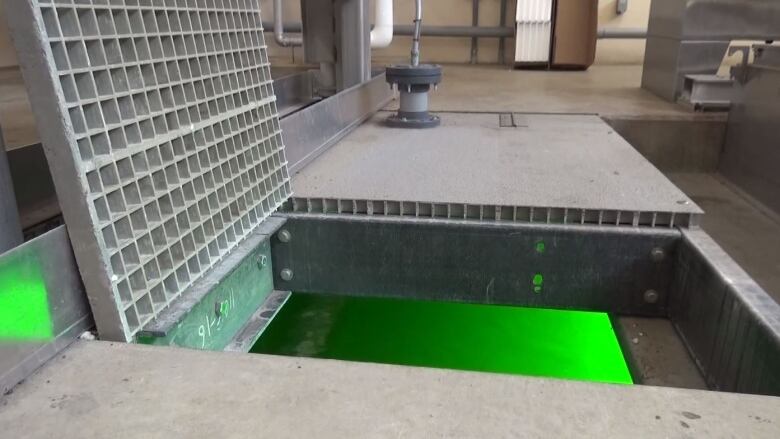Resurgence of COVID-19 in Saskatoon, Regina worries wastewater researchers
BA-2 subvariant is believed to be behind the rising numbers

A group of researchers at the University of Saskatchewan is worried about the numbers coming from the latest wastewater study.
Every week, researchers test sewage samples taken from water treatment plants across the province to see whether evidence of COVID-19 is increasing or decreasing. That number is used to predict whether cases of COVID-19 will rise or fall in the future.
During the latest sampling period ending March 16, researchers found that numbers were back on the rise.
"The Omicron wave is far from over and in fact increasing again," said Prof. John Giesy, a toxicologist and researcher at the University of Saskatchewan. "It looks like we are destined to have a resurgence and a double peak."
Giesy saysCOVID numbers had begun to decline in Saskatoon, North Battleford and Regina the three cities studied by his research team. However, that has begun to change after an increase in the BA-2 subvariant.
According to the latest findings, evidence of COVID-19 in Saskatoon's wastewater had increased by 66 per cent compared with the previous week.
Giesy says the Omicron variant of COVID-19 comprises 74.5 per cent of the sample.
The BA2 subvariant of Omicron is roughly 1.5 times more transmissible than the original variant.
"I need another week or two to see whether we are going to continue up," Giesy said."But the increase was pretty substantial."
The study also showsan increase in samples taken in North Battleford and Prince Albert, with increases of 93 per cent and 96 per cent, respectively.
Giesy says the growth trend in the two cities continues to lag several weeks behind Saskatoon, but seems to be going in the same direction.
"It's pretty high, which is concerning, and we don't know how high it will go," Giesy said."But the fact that it's increasing so quickly, if you extend those lines up, it could reach where we were a month ago."
Giesy says other countries that have had BA-2 cases also saw a second wave shortly after its first Omicron wave, including South Africa, Denmark and the United Kingdom.
Regina rebound
In another development, a study at the University of Regina is coming up with similar results.
While numbers released on Friday showed COVID-19 cases remaining relatively stable, new data points are showing potential increases.
"It still remains kind of volatile, I would say, compared to the previous periods," University of Regina molecular biologist Tzu-Chiao Chao said. "It's not declining as much as I would like to see, to be honest."
As well, there are more cases of BA-2 showing up in the study. While the study's numbers continue to fluctuate, BA-2 comprises 37 per cent of one of the samples.
"We don't really know why that's the case," said Chao. "BA-1 still seems to still be dominant, but that may change in the foreseeable future considering that we've seen this sharp increase."












_(720p).jpg)


 OFFICIAL HD MUSIC VIDEO.jpg)
.jpg)



























































































